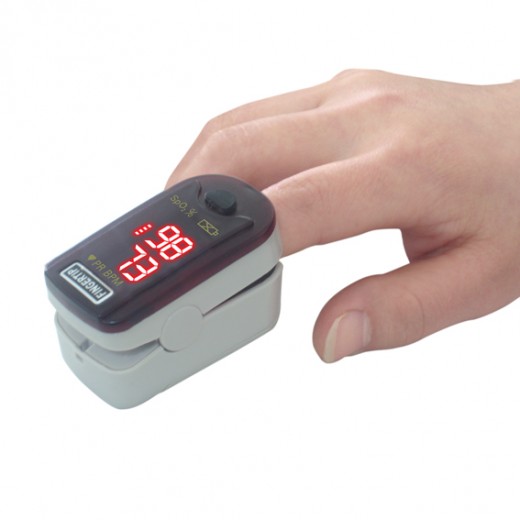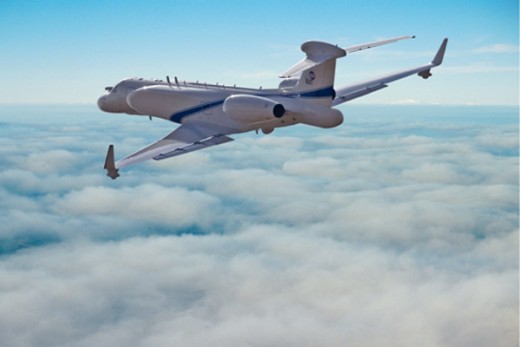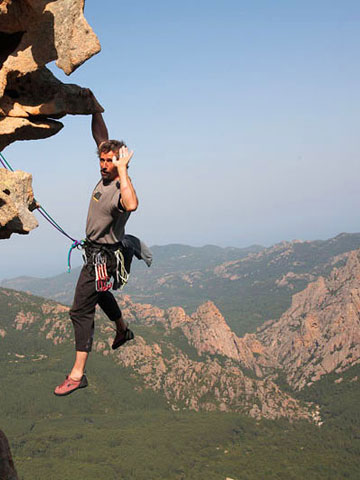Using an Oxygen Monitor in High-Risk Professions

What is an oxygen monitor?
The oxygen monitor or the pulse oximeter is a device that can be used by professional medical personnel as well as the general public. It measures the oxygen saturation levels in the patient’s blood. The device is usually attached to places with a good blood flow: the fingertip, the earlobe or the toes. Oximetry is a non-invasive, fast and efficient measuring procedure, allowing to read the results immediately. It is a developed alternative to the classical method of measuring the oxygen levels in a blood sample.
How does the oxygen monitor work?
In order to
determine the oxygen saturation, the monitor sends through the patient’s tissue
two light beams of different wavelength: red and infrared. The oxygen saturated
hemoglobin has the capacity of absorbing the infrared light, allowing red
lights to pass through. The receiver calculates the ratio between the hemoglobin
carrying oxygen and the hemoglobin with low oxygen levels. After comparing this
ratio to a template, the device shows the results on its digital screen. A normal oxygenation range between 90 and 100 saturation. Many oxygen monitors have additional functions, as showing the pulse rate of the patient.
What is hypoxia and how can we prevent it?
The oxygen deficiency in our body is called hypoxia. Its consequences can be minor or deadly, depending on the factors that caused the poor oxygen supply. A good oxygenation is mandatory, especially in situations where physical coordination, high concentration or extreme muscle effort is involved.
Many professions associated with high-risks and sustained effort require a frequent profilaxy of hypoxia. The oxygen monitor is extremely useful in these situations, displaying fast and accurate readings of the person’s oxygen levels regardless of their location.

1. Pilots
Oxygen monitors can be of tremendous help for pilots, especially for the ones flying on very high altitudes. With the aid of a pulse oximeter they can easily determine their blood’s oxygen levels, thus preventing unpleasant and dangerous side-effects of hypoxia: visual problems, difficulty in concentrating, headaches and heavy breathing. Without supplemental oxygen the pilot can lose control of the aircraft, which can result in a fatal accident.

2. Alpinists
Alpinism is another high-risk profession associated with altitudes. The higher we climb above the sea level, the more reduced atmospheric pressure will be. Therefore, each breath we take contains less oxygen than on lower altitudes. It’s mandatory that alpinists and representatives of other professions that require climbing mountains carry with them oxygen monitors.
3. Athletes
Demanding physical exercise can be a cause of hypoxia as well. Athletes are well-accustomed to this problem. During an extenuating training an oxygen monitor can help the athlete monitor the way his/her body responds to extreme effort and also calculate the progresses made. And let’s not forget about the health and safety benefits of this device, which allows us to detect the initials symptoms of hypoxia before it causes severe damage.
Not only high altitudes can affect our blood's oxygenation. Low altitudes, particularly below sea level, can also lead to various pressure-related symptoms. Seamen, especially those working in submarines, should use oxygen monitors as well.
Oxygen monitors are easy-to-use, efficient and safe devices that measure the blood's oxygenation and the pulse rate at any time, no matter where we are: flying an airplane, climbing mountains, swimming in a submarine or running the marathon. It’s a very good investment that can be a real life-savior, especially in extreme conditions where we can’t count on immediate medical help.



